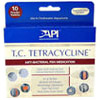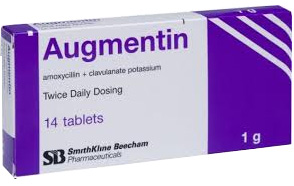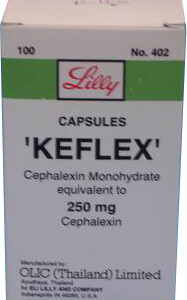Cephalexin Overview
Cephalexin is a cephalosporin antibiotic used to treat a variety of bacterial infections. It operates by halting the growth of bacteria. This antibiotic treats only bacterial infections and will not work for viral infections such as the common cold or flu. Using any antibiotic when it is not needed can cause it to not work for future infections.
Dosage Forms Available
Cephalexin is available in several dosage forms, including capsules, tablets, and an oral suspension. The capsules are available in strengths of 250 mg and 500 mg. The tablets come in 250 mg and 500 mg concentrations as well. Cephalexin oral suspension is typically available in a 250 mg/5 mL solution.
Dosing Instructions
Adults and children 15 years of age and older typically take 250 mg every 6 hours, or 500 mg every 12 hours, depending on the type and severity of the infection. For children under 15 years, the dosing is based on body weight, generally 25-50 mg/kg daily, divided into equally spaced doses. For the accurate dosing in children, the oral suspension is preferred.
Correct Usage of Cephalexin
Cephalexin should be taken at evenly spaced intervals, ideally at the same times each day to maintain an even level of medication in your bloodstream. It is important to continue taking this medication for the full prescribed length of time, even if symptoms disappear after a few days. Stopping the medication too early may allow bacteria to continue to grow, leading to a relapse of the infection.
Missed Dose Protocol
If a dose of Cephalexin is missed, it should be taken as soon as possible. However, if it is almost time for the next scheduled dose, the missed dose should be skipped to avoid doubling up. Regular dosing should be continued as directed. Do not take two doses at one time.
Storage Recommendations
Cephalexin capsules and tablets should be stored at room temperature, away from light and moisture, and out of reach of children. The oral suspension should be stored in the refrigerator after it is mixed at the pharmacy, and any unused portion should be discarded after 14 days.
Drug Interactions to Consider
Cephalexin can interact with other medications, potentially changing how they work or increasing the risk of serious side effects. For example, combining cephalexin with anticoagulants like warfarin can increase the risk of bleeding. Always provide your healthcare provider with a list of all the drugs you use, including prescription and non-prescription drugs as well as herbal products.
Potential Side Effects
Common side effects may include diarrhea, nausea, vomiting, indigestion, and stomach pain. Although serious side effects are rare, if you experience symptoms such as persistent fever, bruising, bleeding, yellowing of the eyes or skin, or dark urine, seek medical attention immediately.
Precautions for Specific Populations
Pregnant women should only use cephalexin if clearly needed and after the potential risks and benefits have been thoroughly discussed with their healthcare provider. It is unknown if this drug passes into breast milk. Consultation with a healthcare professional is advisable before breastfeeding while on cephalexin therapy.
Overdose Handling
In the event of an overdose, it is necessary to seek immediate medical attention. Overdosing symptoms can include nausea, vomiting, diarrhea, and the presence of blood in the urine. Prompt medical intervention is crucial for managing these symptoms appropriately.
Monitoring Patient Response
Throughout treatment, monitoring for effectiveness and the occurrence of adverse effects is essential. Renal function should be evaluated before and during therapy, particularly in patients with a known kidney condition and the elderly, as cephalexin is primarily excreted by the kidneys.
Pharmacological Mechanism
Cephalexin functions by binding to and inhibiting the activity of penicillin-binding proteins located inside bacterial cell walls. This inhibition results in the disruption of cell wall synthesis, leading to bacterial cell lysis and death, thereby exerting its bactericidal effect.
Antibacterial Spectrum
This antibiotic is effective against a range of Gram-positive and some Gram-negative bacteria, including Staphylococcus aureus, Streptococcus pneumoniae, Escherichia coli, and Klebsiella species. However, it is not effective against methicillin-resistant Staphylococcus aureus (MRSA) and Pseudomonas aeruginosa.
Pharmacokinetics Profile
After oral administration, cephalexin is well absorbed from the gastrointestinal tract and achieves peak plasma concentrations within one hour. The bioavailability of cephalexin is not significantly affected by the presence of food. It has a half-life of approximately 1 hour and is excreted unchanged in the urine.






Reviews
There are no reviews yet.